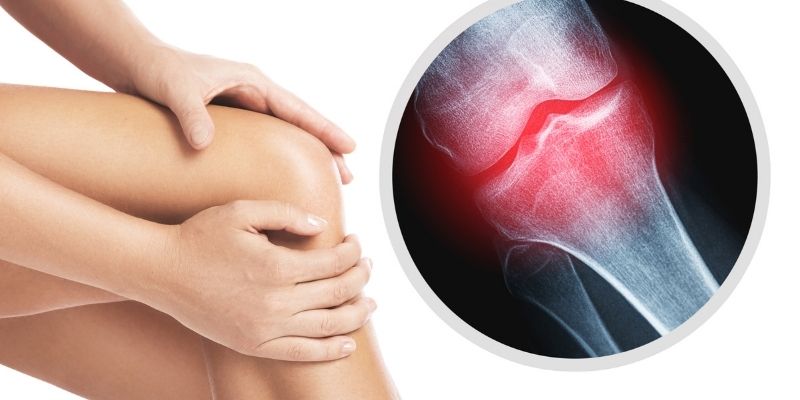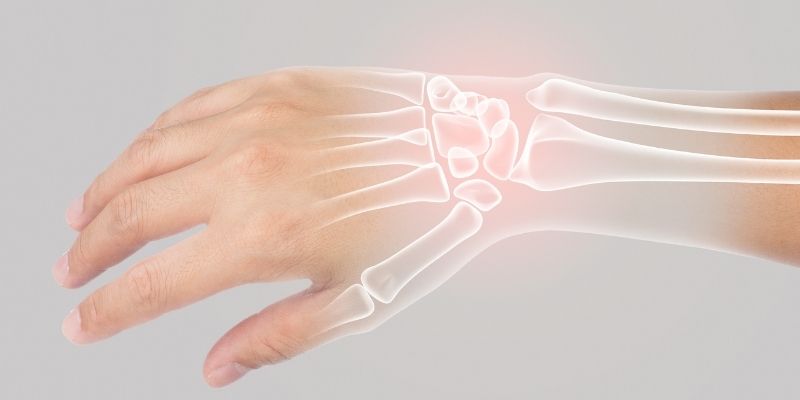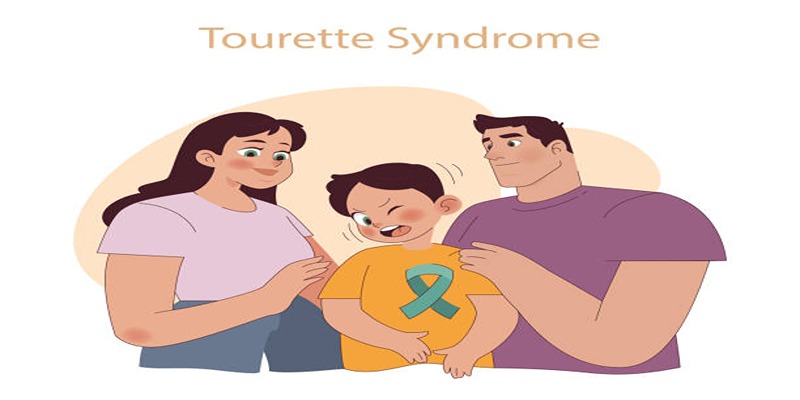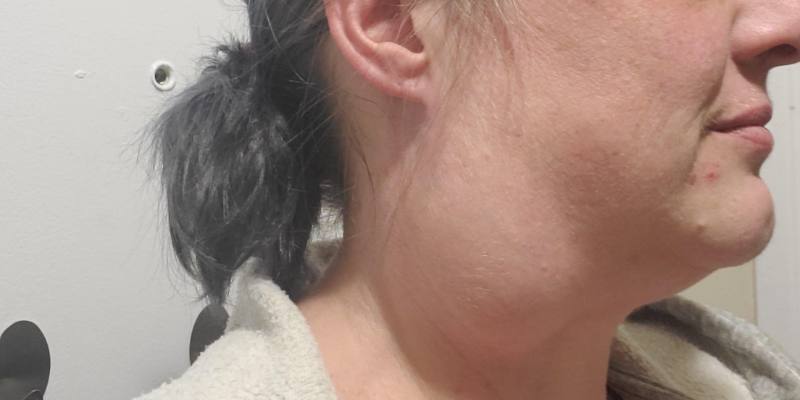Broken Bone vs. Sprain: How to Spot the Difference
Accidents are common, particularly for busy individuals. Many incur sprains and fractures. Even though both are unpleasant and have similar symptoms, knowing the difference helps you obtain treatment and recover. This article discusses sprains and fractures, their diagnosis, and treatment.

Understanding Sprains and Fractures
Learn about each injury before you tell the difference between a sprain and a fracture. Ligaments connect bones at a joint. A sprain hurts them. A torn muscle causes a sprain. This injury can happen from falls or sports that involve sudden turns or hits. Sprains can range from minor strains to tears in the ligaments, which make the joint less stable.
Cracks, on the other hand, are broken bones. Accidents, falls, or long-term worry can all cause fractures. The signs differ depending on the fracture type and where it is. Knowing these factors can help you find signs and pick a cure. Both diseases can take a long time to heal or cause permanent damage if identified correctly.
Sprain signs
Sprains can be mild to severe and can manifest in various ways. The most common signs are pain, swelling, bruises, a limited range of motion, and a popping sound when the joint is damaged. Moving the joint or putting pressure on it may worsen the pain, making it hard to do everyday things. Moderate pain and swelling may go away quickly with rest and treatment at home.
When looking at a sprain, you should consider how doctors grade injuries. Grade I sprains are minor ligament strains that don't cause much damage. With the proper care, they heal in a few days. Grade II sprains are very painful and can lead to swelling, and you may need to see a doctor. Complete muscle tears in grade III sprains make the joint unstable. Most of the time, they need surgery or physical training.
Bone fracture signs
Sprains and fractures have varied symptoms. The fracture usually hurts more than the Sprain. Fractures may produce swelling, bruising, and limb deformity. Some can't utilize or put weight on an injured limb because it hurts.
Breaks pain more than sprains or other soft tissue injuries because they vary. Complex (open) shattered bones go through the skin, whereas simple (closed) ones don't. Infection is more likely in open fractures because bone shows through the skin. Early detection is crucial for medical treatment.
Why are sprains and fractures different?
Although they may vary, sprains and fractures may produce discomfort and edema. Visual inspections are frequently the initial step in determining damage. A limb or joint that sticks out or bends oddly may be broken and need prompt medical treatment. Nonchanging joint discomfort and edema may indicate a sprain.
Pain may indicate a fracture or Sprain. The discomfort of pressing on a shattered bone frequently prevents movement. Moving or utilizing the injured region generates discomfort, possibly indicating a fracture. Severe pain indicates a fracture; thus, moving or weighing the injured part may help you diagnose it.
Sprain and fracture treatment
Treatment might begin immediately after a sprain or fracture. Treatment varies in severity, but it usually entails following well-known measures to heal and relieve pain. RICE should be used at home for most minor to severe sprains.
Ice lowers swelling and discomfort after an injury, while relaxing helps the body recuperate. Wrapping the region tightly decreases edema and supports it. Raising the injured location above the heart level cuts blood flow. Over-the-counter anti-inflammatory medicines like ibuprofen or naproxen may alleviate ankle discomfort and hasten recovery.
Grade II or III sprains may need a brace or cast for many weeks to recover. Healthcare personnel must meet again to monitor results and implement rehabilitation strategies! Depending on its kind and severity, a cast or splint is usually required to immobilize a fracture. Unaligned fractures may need surgery, but most straightforward fractures don't! During early testing before long-term therapy, physicians may employ reduction procedures to mend bones before immobility!

When to seek medical advice?
Know when to seek medical attention after an injury to obtain the best care and recover fast. See a doctor immediately if an accident leaves you with a misshapen limb and intense pain that won't go away.
If you can't move or put weight on the injured region and the swelling doesn't go down after a few days, it's serious! Immediate medical attention improves diagnosis, treatment, and recovery!
Finally, treating exercise-related injuries requires distinguishing sprains from fractures. Recognizing symptoms, consulting a doctor, and utilizing natural and conventional medications improve health and speed recovery.
Additional Recovery Information
Sprains and fractures need time and medical attention. When your doctor says it's acceptable, follow their advice. Rehabilitation may get you moving again without hurting yourself! After a sprain, carefully release and strengthen the muscles surrounding the joints to stabilize and strengthen them. Bone fracture therapy steadily improves mobility and function for safe everyday living and sports!
Mental Effects of Injury
Fractures and sprains may harm mental health! Stressing over being ill or losing fitness might harm your mental health! Mental healing treatment with supportive groups is fantastic! Mindfulness exercises, such as yoga and meditation, may reduce anxiety and improve the quality of Life in difficult times. Positive thinking strengthens and empowers you throughout recovery, helping you return to Life!
Food Heals
Nutrition helps cure injuries! Diets rich in vitamins and minerals repair tissues and reduce inflammation! Calcium, vitamin D, and protein strengthen bones and muscles and repair cells. Antioxidants in berries, leafy greens, nuts, and seeds combat reactive stress, which is healthy! Hydration boosts blood flow and protein delivery, speeding healing!
Long-term thoughts
People must be aware of the long-term impact of accidents. Some may experience discomfort and reduced range of motion after treatment. Regular medical visits to monitor progress and manage issues are essential for health and happiness. Fit and healthy habits reduce injury risk! Regular, personalized exercise builds strength and flexibility, making it easier to recover from losses!
Conclusion
To cure sports injuries, you must distinguish sprains from fractures! Identifying indications, seeking medical aid, and utilizing herbal remedies alongside regular therapies may speed recovery! Along with medications, selenium- and iodine-rich meals, adaptogenic plants, vitamins, and minerals may be utilized! Consult your doctor before making significant eating changes, particularly if you have health issues! Let's work together to improve communities and reduce chronic illnesses for a brighter future.












